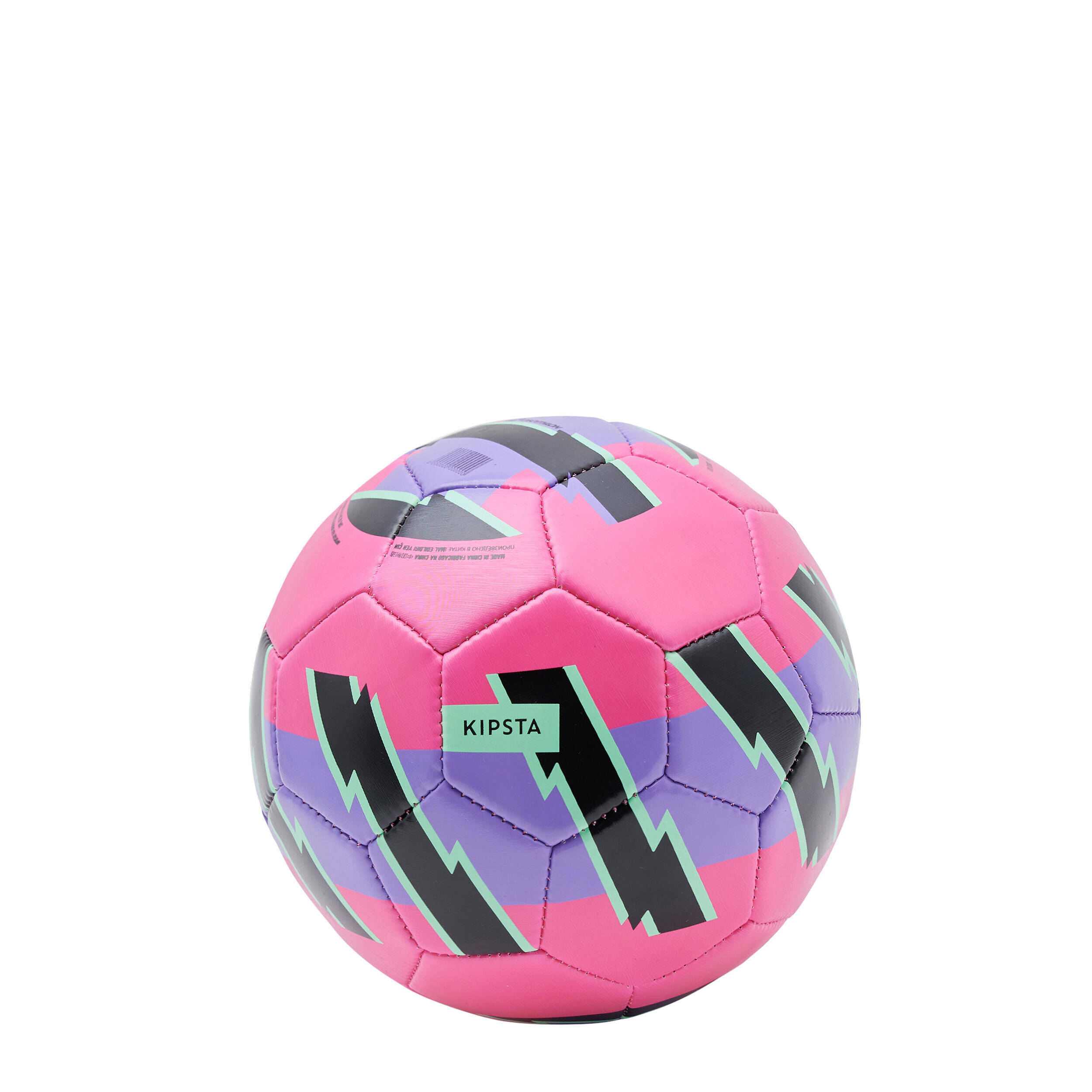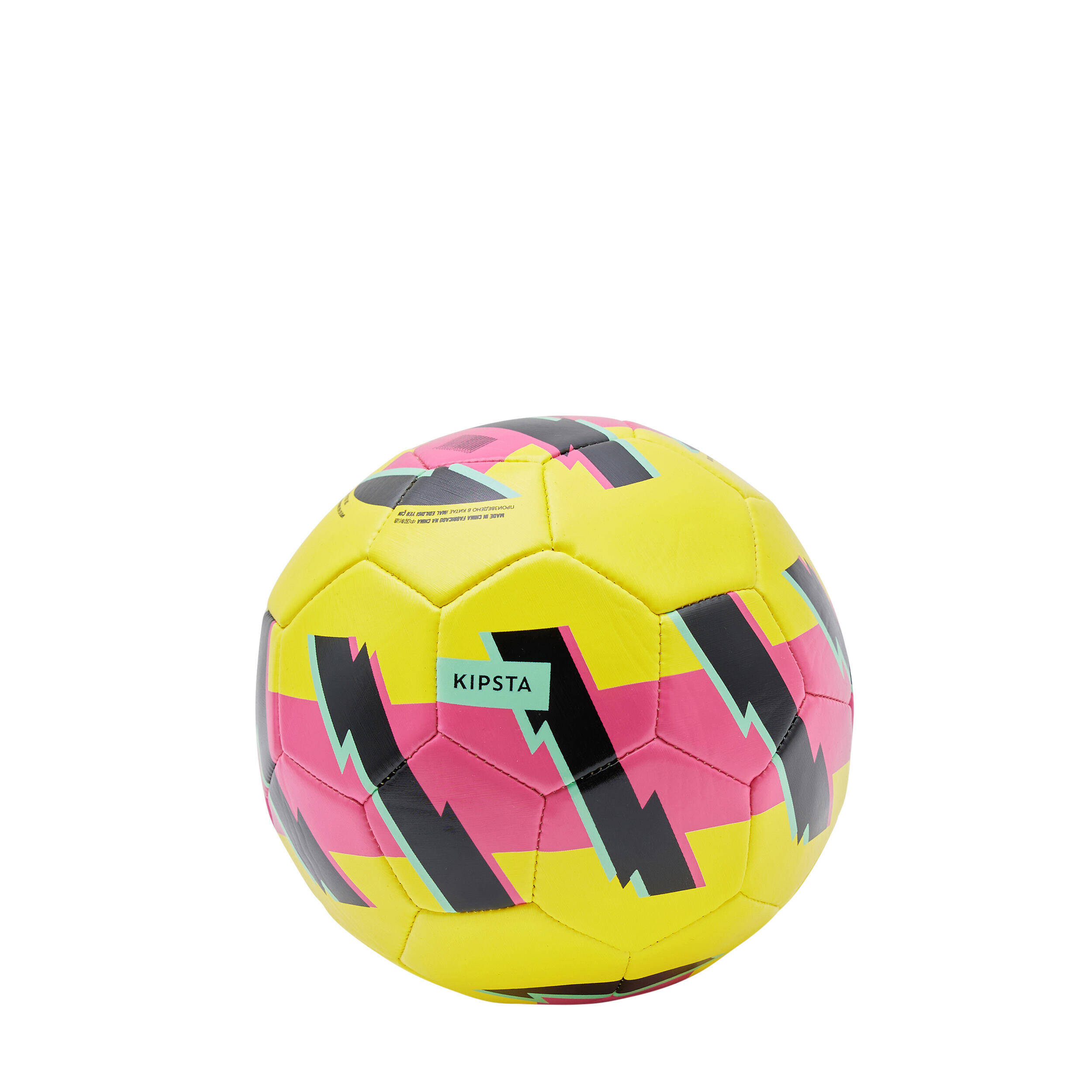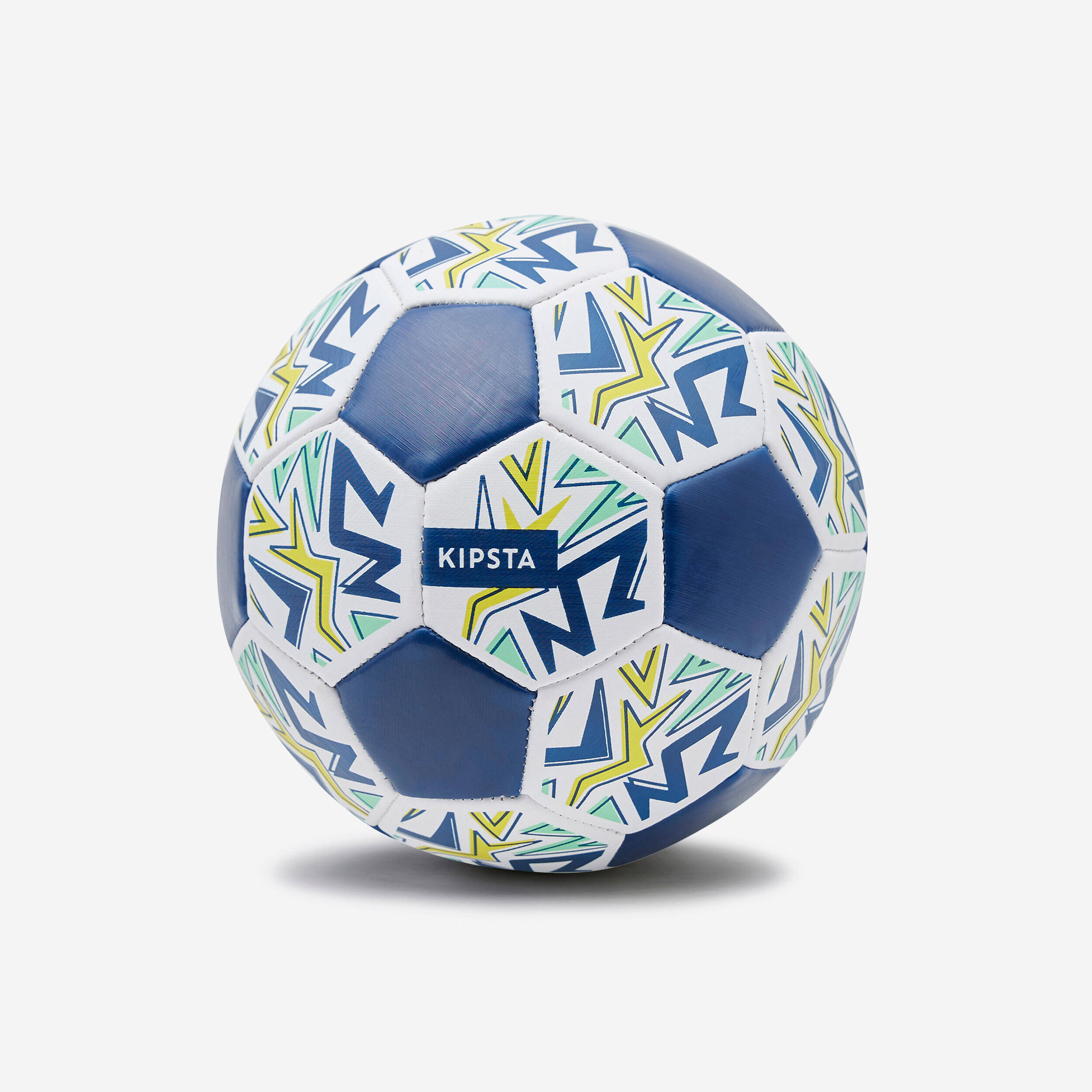Filters
PriceTo
99
4,999
Gender
- Unisex (38)
Category
- Football (38)
Size
- 5 (19)
- 1 (8)
- 4 (5)
- One size (2)
- 3 (1)
Sport
- Football (32)
- 7 a side football (1)
- Futsal (1)
Brand
- Kipsta (38)
Color
More Filters
- Drop (6)
- Onlyonline (4)
- Limitedstock (1)
- Toprated (1)
- exclude out of stock
The Right Ball for Football
The IMS and FIFA Pro logos indicate that a football ball has been officially tested and found to be in compliance with specific technical requirements. The list of additional requirements specific to each of the logos must be approved by The International Football Association Board. The institutes that conduct the tests are subject to the approval of FIFA.
Has your match ball got one of these logos?
The true essence of football can never be felt without a good football ball. Let’s be honest, most of them you have played with are either too hard or too soft, not precise and you never really enjoy the game. However, I am sure all of us can agree that we have had a great game of football without even wearing a great boot.
If you are planning to invest in a good football boot, we suggest you get a good football ball too; a FIFA certified football. If you are part of a club or play for a league, it is often recommended to keep playing or practicing with the same football ball for a great experience and also to improve your touch on the ball.
FIFA agrees with us too… The FIFA Quality Programme for Footballs focuses on the ball – the very heart of the game. Only balls that have passed a rigorous testing procedure are awarded one of the prestigious FIFA quality labels. So next time you buy a football ball, look for a FIFA standard label.
Is your football FIFA approved?
#funfact: Messi played a large chunk of his career wearing a takedown model of their brand’s boots. So for the argument that it is not always the player but the boots, here is a perfect example.
Questions which help you decide
First, the terrain that you will be playing football on is paramount in deciding what kind of football ball you will need and what size you require. Secondly, the material of the football ball needs to be decided as different types are suited for different kinds of playing.
A wide range to choose from
Decathlon has a plethora of football balls online that come in different colours, sizes, and materials and caters to kids as well as adults. With a wide range of football ball accessories as well, Decathlon provides football clothing as well as undergarments for players of the sport.
UEFA Europa League Official Match Ball
Top features
Terrain: Different types can be used on different terrains; football balls for grass grounds, beach, and hard grounds differ from one another by material and type.
Material: The materials can differ from each other but the most commonly used materials are PVC, rubber, and latex as they provide the perfect kind of dynamics for the football.
Waterproof: Almost all football balls are waterproof and this can help you to play this game even in the rain. After all, what's the fun if you can't play in perfect weather?
Texture: Each kind of football ball differs regarding texture. Beach football balls are comparatively smoother than hard ground football. Hard ground football balls are much tougher and ensure that the ball can be manipulated easily.
With a plethora of Kipsta branded football balls and a host of accessories, Decathlon gives you the best in footballs.
Football and Techniques You Need to Know. Decathlon Footballs are more Affordable & Durable.





























